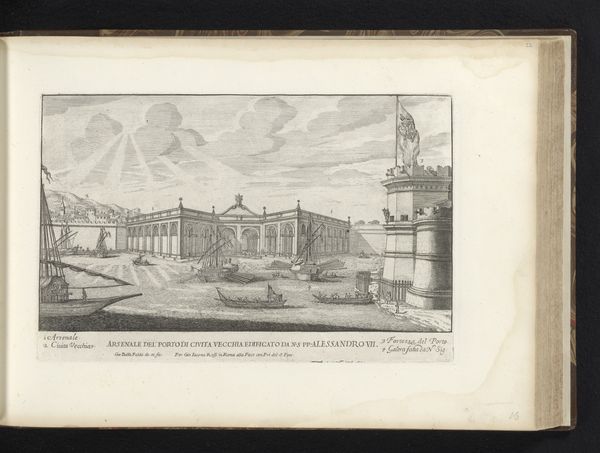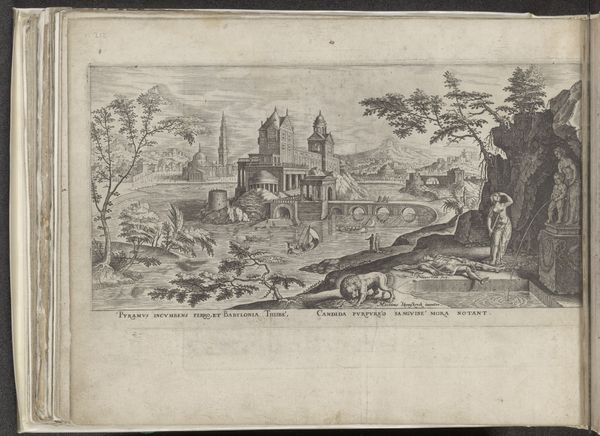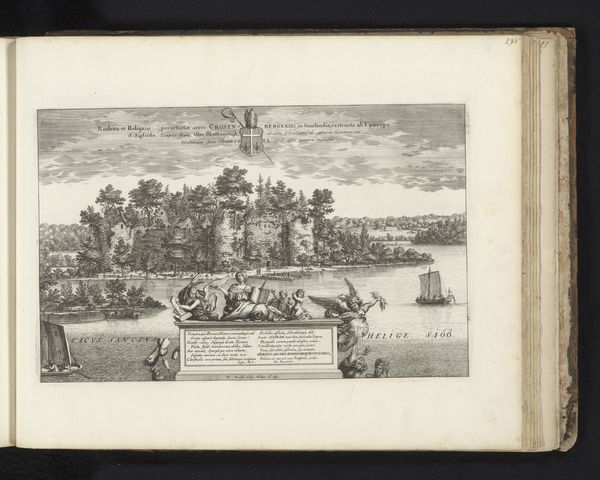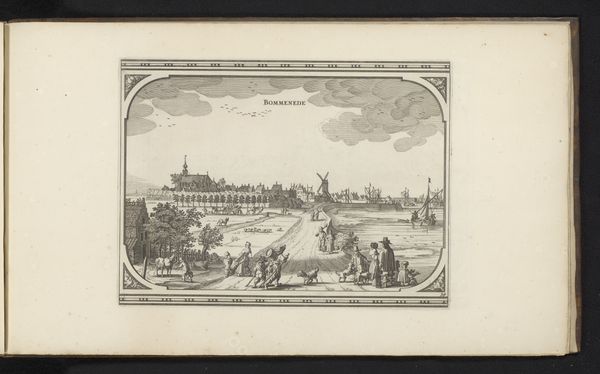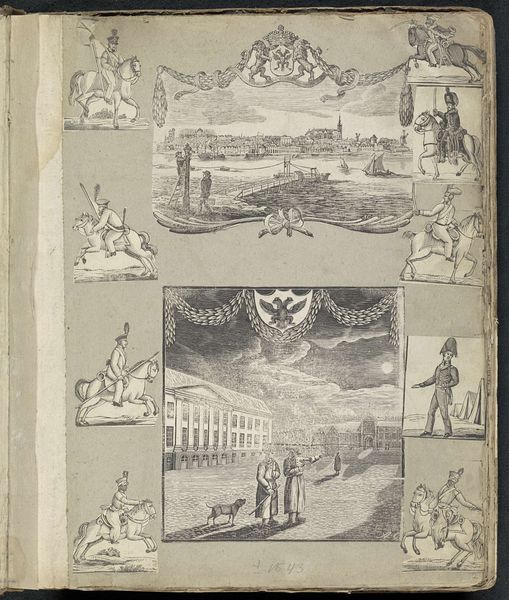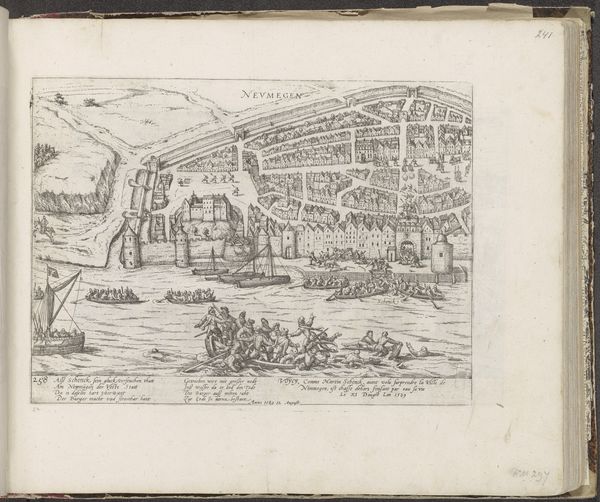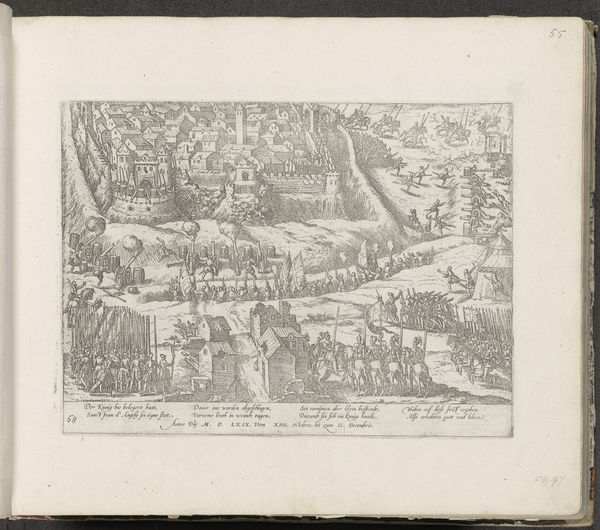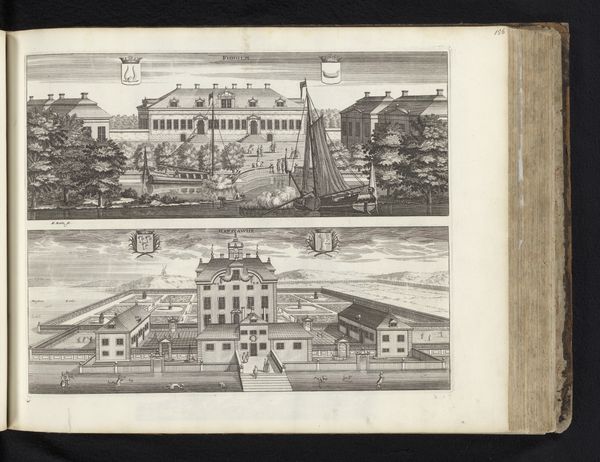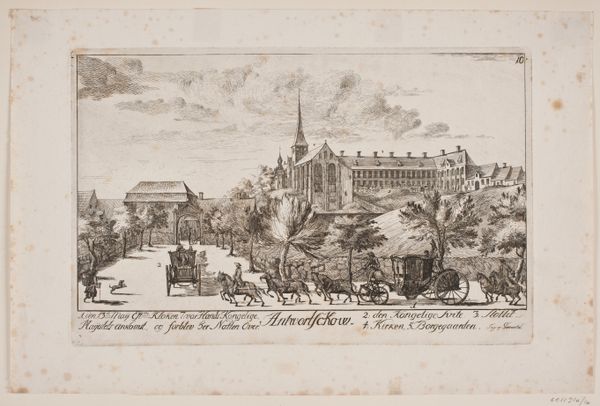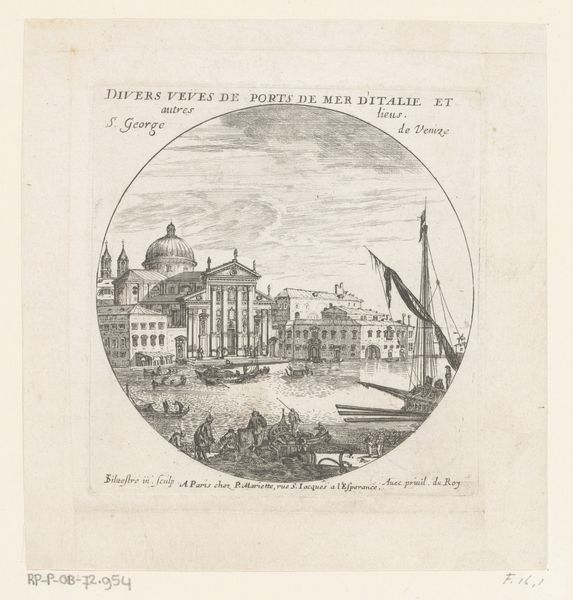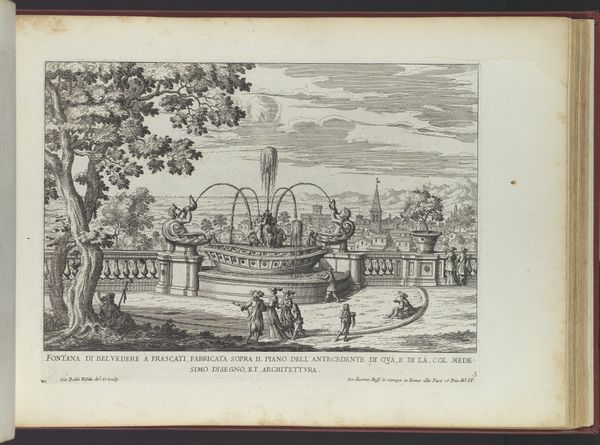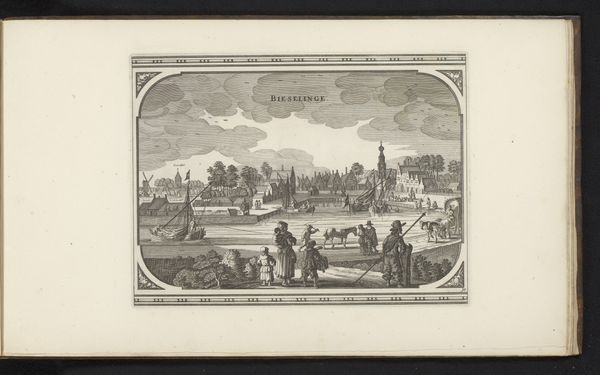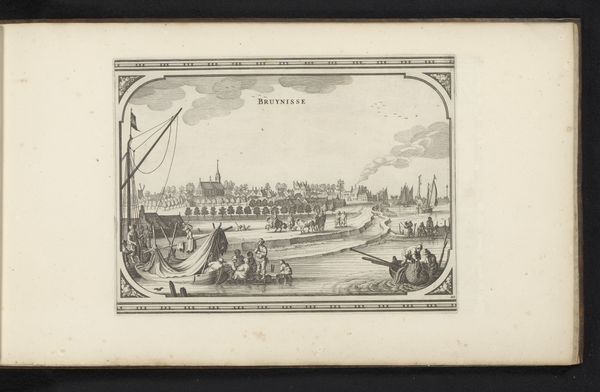
engraving
#
venetian-painting
#
baroque
#
cityscape
#
history-painting
#
engraving
Dimensions: height 263 mm, width 180 mm
Copyright: Rijks Museum: Open Domain
Editor: This is "Bucintoro en andere schepen te Venetië," or "Bucintoro and other ships in Venice," an engraving made around 1610. I’m struck by the detail in this cityscape; it almost feels like a meticulously recorded event. What aspects of Venetian society do you think the artist wanted to highlight? Curator: It's crucial to remember that Venice at this time was deeply concerned with self-presentation. Engravings like this served a crucial function: propagating Venice's image as a wealthy, powerful, and divinely favored republic. Look at the Bucintoro itself; it was the state barge of the Doge and became a potent symbol of Venetian power. Editor: So it’s less about just depicting what’s there and more about conveying a specific message about the city? Curator: Exactly. The artist likely focused on emphasizing Venice’s maritime prowess, as it depended greatly on its navy. The strategic placement of ships serves to emphasize Venice’s connection to its maritime empire and its mastery of trade routes. But consider also where this image would circulate - what kind of public was it designed for, and what would that public have known or understood? Editor: It's fascinating how something that looks like just a picture of ships can reveal so much about political and social priorities! So how are history-paintings more propaganda? Curator: Consider who commissions, creates, and consumes this art. Every element has social intention behind it. By recognizing this we are equipped to study the artwork for a complete understanding. Editor: Thank you! This helped me view historical art beyond mere depiction and discover deeper intention.
Comments
No comments
Be the first to comment and join the conversation on the ultimate creative platform.
